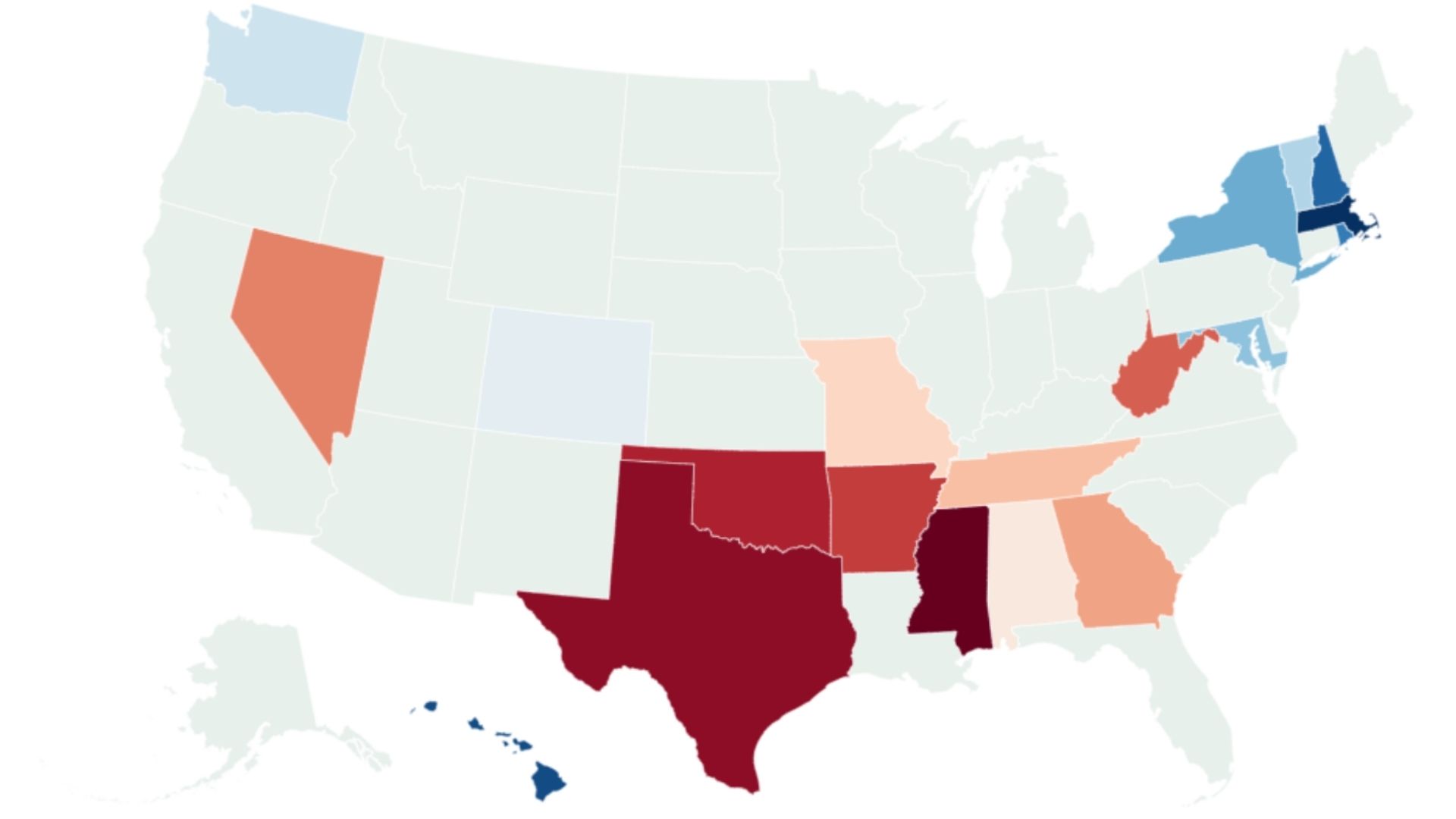State-by-State Health System Rankings: See How Your State Measures Up

Access to quality healthcare and affordable coverage is a cornerstone of a healthy and thriving society. But the reality is, healthcare quality and accessibility vary significantly from state to state. A recent comprehensive report has unveiled a state-by-state ranking of health systems across the US, highlighting areas of strength and areas needing improvement. This interactive map and accompanying analysis offer a detailed look at how each state performs, empowering individuals and policymakers to advocate for better healthcare outcomes.
What Does the Ranking Consider?
The ranking isn't based on a single metric. Instead, it’s a composite score derived from a range of crucial factors, including:
- Access to Care: This considers factors like the percentage of insured residents, primary care physician density, and the availability of specialists.
- Quality of Care: Measured by metrics such as preventable hospitalizations, mortality rates, and chronic disease management effectiveness.
- Affordability: Examines healthcare costs, including insurance premiums, out-of-pocket expenses, and the percentage of income spent on healthcare.
- Healthy Living: Assesses lifestyle factors impacting health, like obesity rates, smoking prevalence, and access to healthy food options.
- Public Health: Evaluates a state’s ability to respond to public health emergencies, access to vaccinations, and preventative care initiatives.
Top Performers: States Leading the Way
Several states consistently rank highly, demonstrating a commitment to robust and accessible healthcare. These top performers often share common characteristics: proactive public health policies, strong primary care networks, and a focus on preventative care. States like Massachusetts, Hawaii, and Rhode Island frequently appear at the top of the list, showcasing the benefits of prioritizing healthcare investment and innovation.
States Facing Challenges: Areas for Improvement
Conversely, some states lag behind in key healthcare indicators. These states often grapple with issues such as high uninsured rates, limited access to specialists, and significant disparities in healthcare outcomes across different populations. Addressing these challenges requires a multi-faceted approach, including expanding Medicaid coverage, investing in rural healthcare infrastructure, and tackling social determinants of health like poverty and food insecurity.
Impact and Implications
This state-by-state ranking serves as a valuable tool for several audiences:
- Individuals: Understanding how your state performs can empower you to make informed decisions about your healthcare and advocate for improvements.
- Policymakers: The data provides a benchmark for evaluating the effectiveness of existing policies and identifying areas where targeted interventions are needed.
- Healthcare Providers: The ranking can highlight areas of strength and weakness within the healthcare system, informing quality improvement initiatives.
Beyond the Numbers: Addressing Systemic Issues
While this ranking provides a snapshot of the current healthcare landscape, it's crucial to recognize that systemic issues like healthcare disparities, lack of access in rural areas, and the rising cost of prescription drugs require ongoing attention and innovative solutions. By understanding the strengths and weaknesses of each state's healthcare system, we can work together to build a healthier and more equitable future for all Americans.






